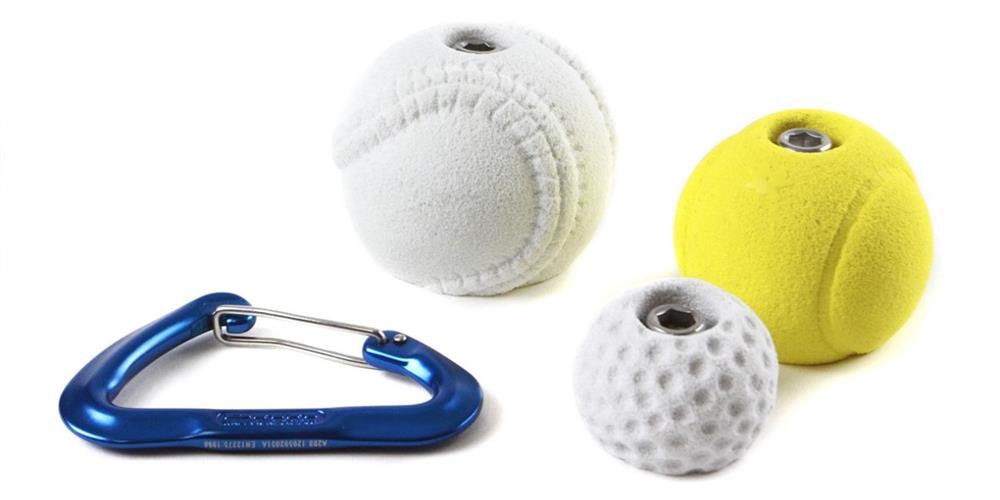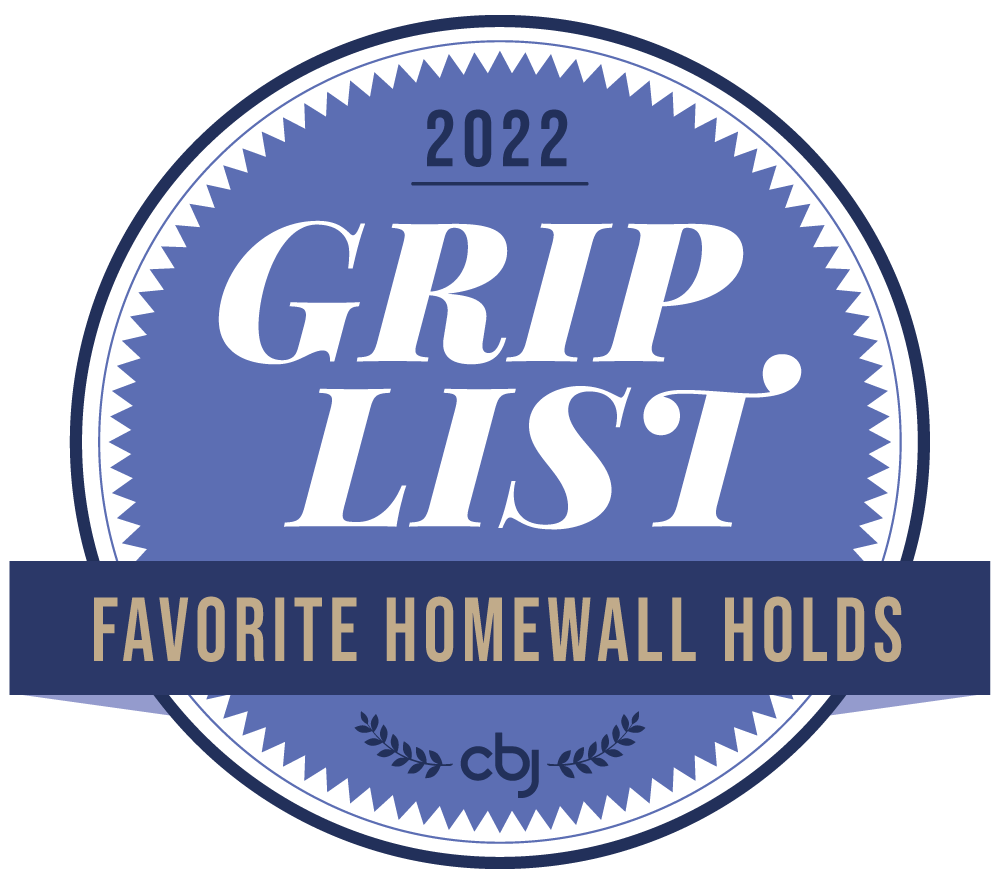Climbing is a dynamic sport that constantly challenges the mind and body; therefore, keeping your rock wall fresh and engaging is essential. It may be time for a refresh if your wall feels too familiar or uninspiring. Learn how to refresh your home rock wall with these eleven routesetting tips and make every climb a new adventure.
1. Assess Your Wall
Assess your rock wall’s current state before setting new routes. Check for any wear and tear on the holds and the wall’s surface. Look for cracks, loose holds, or worn-out textures that need attention. Conducting a thorough assessment will help you identify any areas needing repair and ensure a safe climbing environment.
Take note of the current layout, including routes with room for alteration, for a useful reference when designing new routes. A well-maintained wall is the foundation for great climbing experiences and makes your routesetting easier to tread.
2. Setting Objectives
Plan with purpose. Define your objectives and what you want to achieve with your new routes. Focus on challenging paths that require arrow-shaped holds if you want to improve your skills, and use colorful holds that make the experience look and feel exciting.
Consider your skill level and preferences. Set clear objectives to guide your design process and help you create purposeful and engaging routes. Clear goals lead to better routesetting and more enjoyment.
3. Route Design Basics
Good route design is an art and a science. Understand the basic principles of route design, such as balance, variety, and progression. Incorporate different difficulty levels and climbing styles to keep things interesting and leave room for improvement.
Pay attention to each route’s flow, ensuring your movements feel natural and intuitive; people enjoy a challenge, but the feeling of a fluid climb is hard to beat. Variety is key—mix up your holds and angles to create a diverse climbing experience. A well-designed route will keep you coming back for more!
4. Hold Selection
Choosing the right holds is crucial for effective routesetting. Select holds that match your intended route’s difficulty and style. Experiment with different placements to create engaging climbs. Use a mix of crimps, jugs, slopers, and pockets to add variety.
Consider each hold’s texture and size, as these factors influence the climbing experience. Express your creativity and try unconventional placements to challenge climbers. The right holds transform a simple wall into a complex climbing puzzle.

5. Visual Appeal
Climbing is fun, but you need to use visually appealing elements to round out the experience. Use color coordination to enhance your routes’ aesthetics. Create visually appealing climbing lines by arranging holds in patterns or themes. This appearance looks good and will help you follow routes more easily.
Atomik Climbing Holds has a vast selection of colorful options to bring out your climbing wall’s creative design. Browse our bolt-on climbing holds in different sizes, colors, and child-friendly shapes, such as dinosaurs. Make your climbing wall an attraction that you and your family will love to use.
6. Technical Considerations
Consider technical aspects such as angles, spacing, and sequence when setting routes. Different angles make a route more or less challenging, so experiment with vertical, overhanging, and slab sections. Pay attention to the spacing between holds—too close, and the route may be too easy; too far apart may feel impossible.
The sequence of holds should create a logical flow, naturally guiding you through the route. Technical considerations are what separate good routes from great ones. Take your time to get these details right.
7. Creating Movement Patterns
The best routes focus on movement. Develop movement sequences that challenge climbers while balancing dynamic and static moves. Dynamic moves require explosive power and agility, while static moves focus on balance and control. Incorporate both types by spacing out and placing holds at certain angles that require careful precision to grab.
Consider how each move transitions to the next, ensuring fluidity and continuity. Challenging movement patterns will keep you engaged and help build various skills. Aim for a balance that tests both strength and technique.
8. Beta Testing
Every route needs beta tests to ensure they’re ready for use. Beta tests are a routesetter’s best friend as they check safety effectiveness and point out needed adjustments. Climb each route yourself to check for flow and difficulty. Gather feedback from family members and friends to see how they experience the routes.
Use this feedback to make any necessary adjustments. Beta testing ensures your routes are fun and climbable. It also allows you to fine-tune the difficulty level and make any last-minute tweaks.

9. Adjustments and Tweaks
Once you’ve gathered feedback, it’s time to make adjustments. Fine-tune the difficulty based on what you’ve learned. These adjustments might involve moving holds, changing angles, or adding new sequences. Small tweaks make a big difference in the climbing experience.
Create routes that challenge climbers without being frustrating. Keep iterating until you’re satisfied with the final product. Adjustments and tweaks are part of the creative process, so don’t rush. Take the time to get it right for the best climbing experience.
10. Cleaning and Maintenance
A clean wall creates the best experiences on your new routes. Over time, chalk, sweat, and dirt accumulate on your holds and wall surface, affecting grip and aesthetics. Use warm water and soap to scrub the holds and wipe down the wall.
Tighten loose bolts and holds to ensure everything stays in place during your climbs. Regular maintenance will prolong the life of your equipment and provide a better climbing experience. Plus, a clean wall looks better! Make cleaning and maintenance a routine part of your climbing activities.
11. Safety Check
Safety is a top priority, whether you’re a novice climber or an advanced mountaineer. Inspect all safety equipment, including anchors, harnesses, and ropes. Any signs of fraying, rust, or other damage compromise safety and make your new routes a wasted effort.
Make sure that all bolts and screws are secure and tight. It’s also a good idea to have a backup safety system, such as redundant anchors, to prevent accidents. Regular safety checks protect you and give you peace of mind as you climb.
Refresh your home rock wall with these eleven routesetting tips and breathe new life into your climbing routine. Create engaging and challenging routes that keep you and your family and friends excited.
Remember to experiment and refine your routesetting practices continuously. With a little creativity and effort, your home rock wall will become a dynamic training ground.




Leave your comment